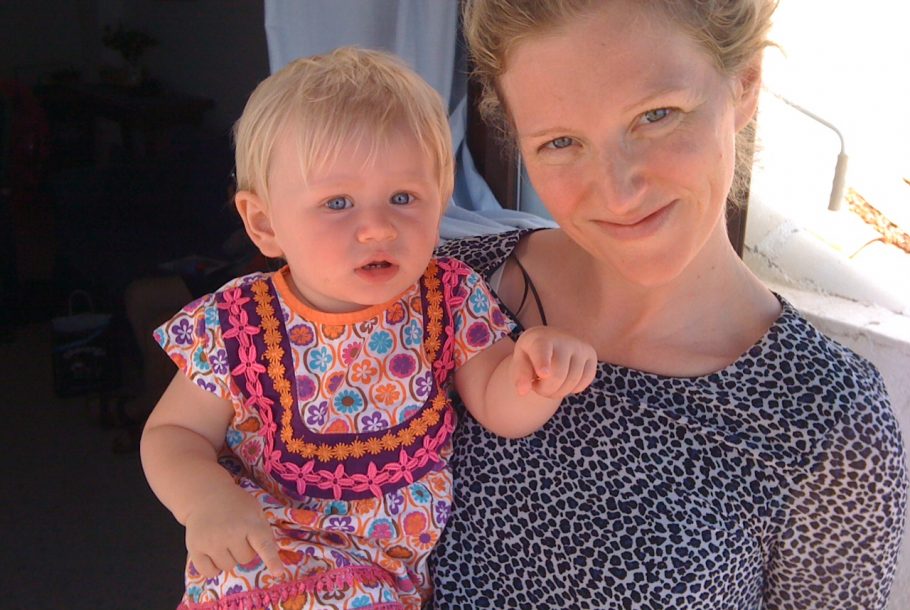
Travelling with Toddlers: Johanne in Spain
Johanne Bohn is a ball of energy and enthusiasm. We met over ten years ago in London when we randomly sat next to each other at a party. She turned to me and introduced herself with a handshake, just like that. I was so impressed; I will honestly never forget it. We’ve been great friends ever since and I’ve always admired her for her sense of style, her willingness for adventure and her positive attitude. She lives in Montreal with her husband and adorable daughter, 2, and son, 9 months.

Here’s her story about Spain:
Our family loves to holiday as much as possible in Spain, a country we absolutely adore. Spain is full of diverse scenery, friendly people and fantastic food. We always visit the Costa del Sol region in Southern Spain. Nestled between the beautiful Sierra Almijara mountains and the Mediterranean Sea, this region of Spain has influences from it’s close neighbours of North Africa and Portugal yet still retains it’s own distinct culture.
Nerja is the small Spanish town where we choose to holiday in the Costa del Sol. It is near and dear to our family thanks to my husband’s Danish father who introduced it to his family. The surroundings in Nerja are spectacular and we love taking in picturesque views of the beach and mountains. Sunsets are stunning and the surrounding architecture is reminiscent of white sugar cubes.

Getting There:
This region is a practical option from Montreal and many other parts of Canada with direct flights available to Malaga, a major gateway in the area and only a 45-minute drive from Nerja.
The fact that Spain is overseas means an overnight plane ride and time change which can be a challenge with little ones. We feel it’s well worth it once there and we tend to stay no shorter than two weeks.
To and From the Airport:
The airport has a ton of rentals options and we usually rent straight from the airport. If we did not, it would mean a shuttle/van/limo service to our accommodation and then not have that flexibility thereafter. We drive for groceries, dinners out and touring around so renting a car is really part of our lifestyle.
What to Do:
This isn’t an amusement park holiday. Being in Spain and at the beach is the holiday. Beach time offers endless amusement. Walking around and taking in the foreign sights is awe-inspiring to little ones. A stroller for walks works well and if we felt our daughter was getting bored we had toys and books on hand to distract her.

When to Go:
Don’t go in July – unless you appreciate extreme heat! We like to visit Spain from August into September. The Mediterranean Sea has had all summer to heat up and the weather is warm but bearable. I’m sure even June or May would be nice and the landscape might even be lusher and have less of a burnt look that it does later in the season.

Food:
Eat like the locals eat. The Spaniards are polite but far from uptight and the idea there is that life is casual and should be well lived. Slow down. Love your family, old and young. Bring them all with you. Children are a part of the dining experience and it is not unusual for them to be running around enjoying themselves throughout meals. People are not stressed about noise or laughing (or crying) and as a result children are usually having a fabulous time at the dinner table too.
Children tend to eat what the adults eat but it is still no problem if you have a special request like hot water or extra napkins. The Spaniards understand that all these requests are normal with kids and are all for it. It’s a wonderfully refreshing attitude and they have a great set of values, which are reflected in their daily life. This is just one of the reasons we love our visits to Spain with our family.
Typically, we would have breakfast in and sometimes our next two meals were eaten out if we didn’t feel like heading back to our apartment.
Be prepared to eat late due to the heat. Typical dinnertime is 10pm! We either brought our daughter with us, or we ate earlier and it was usually not an issue.
Restaurants will prepare meals for kids (within reason). Our daughter loved avocado and most were happy to add one on the side. She also loved paella and Spanish omelet. Tapas are bite sized but we found they were usually catered to adult tastes.
Churros and hot chocolate are a major treat for breakfast. Kids and parents adore it. Churros are basically a deep fried donut. The hot chocolate is thick and pure goodness.
In Nerja we ate at this beach side restaurant called El Chiringuito de Ayo for many of our meals. It was very authentic and easy going. They supposedly have the paella master of the region working there. Otherwise, restaurants are really everywhere. Spaniards tend to holiday in Nerja, so a good judge of a restaurant is to eat wherever it’s full of Spaniards.
In Malaga there is a ton of choice. There are a few cobblestone streets that are filled with tapas bars, making it easy to hop from restaurant to restaurant trying different tapas along the way.
It’s fun exploring the grocery stores for Spanish products you wouldn’t find at home. We especially like the jamon, tortillas and mejillones (mussels). Kiddie foods and diapers are available at most stores.

Accommodation:
Malaga is a great city to fly into and accommodation can range from hotel chains to B&Bs or vacation rentals.
In Nerja, we choose to rent at the El Capistrano Playa Complexe. It has the best view, is the most authentic looking, and is the best situated. Some of the units can be outdated but it depends on what unit you choose as they are all privately owned. This complex is a ten-minute drive from Nerja and is located just on the outskirts of town.
Our apartment at the Capistrano had two floors, three bedrooms, three balconies, a kitchen and two bathrooms, which fit both our family and my in-laws. We decided to go for an apartment because we liked having the option of eating in.
A cool experience, which is unique to Spain, is to stay in a Parador. These are old – usually castles (!) converted into hotels. They often have a restaurant and other services like a spa and/or gym and tours. The Parador de Malaga Gibralfaro, where we stayed, has a fabulous view of the city. Even if you aren’t staying there, try to stop by for a meal to take in the views. There is a Parador in Nerja but because there isn’t a full kitchen option we chose the Capistrano.
Beach side rentals are usually located in an apartment complex. They are a great option and you can check on Trip Advisor for reviews, which we found generally reliable. We used a British agency called holidaylettings.co.uk but even if you don’t deal with a British agency we found in general most agencies spoke good English, which was true with most tourist-related services. Airbnb is another good option.
Day Trips
We like to venture to Malaga and other neighbouring seaside towns like Almunecar or mountain towns like Frgiliana or Competa. There we would walk around exploring the restaurants, shops and museums. There are also ancient caves, ruins and churches. Sevilla or Cordoba are also good options for overnight trips.
Tip: Try to take in a soccer match in one of the neighbouring towns. The league is excellent.
Getting Around
The area is hilly so it means there are lots of up and downs. Being physically fit is important with little ones. There are a lot stairs to carry kids, strollers, toys, and beach stuff. Otherwise for longer distances we rent a car (see above).
Language
If you learn even a few words of Spanish, we find that the locals really appreciate it. It also helps for a really authentic tapas degustation. Otherwise, we found that English is widely understood.
A HUGE thank-you to Johanne and her family for sharing their story and their photos.
Other posts in this series you may like:
Leave a Comment cancel
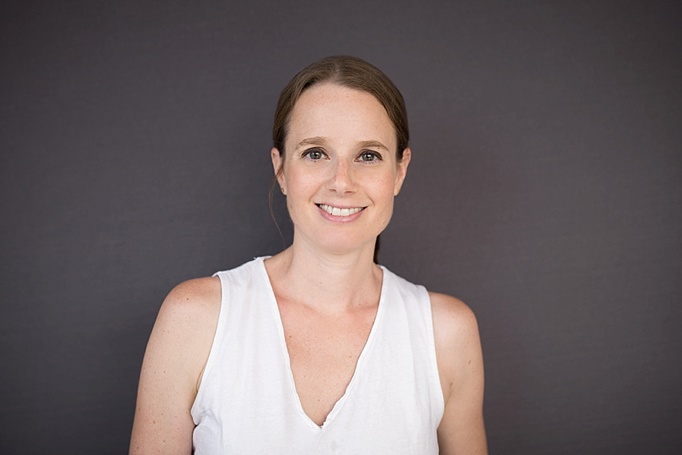

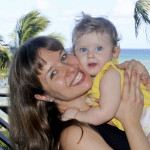
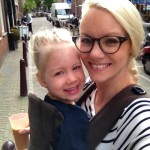

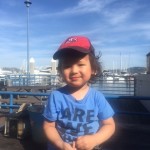
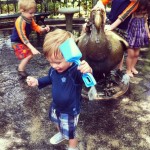


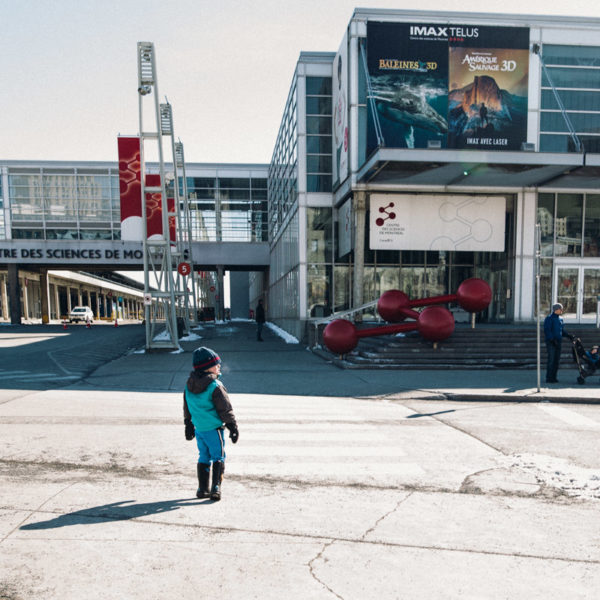
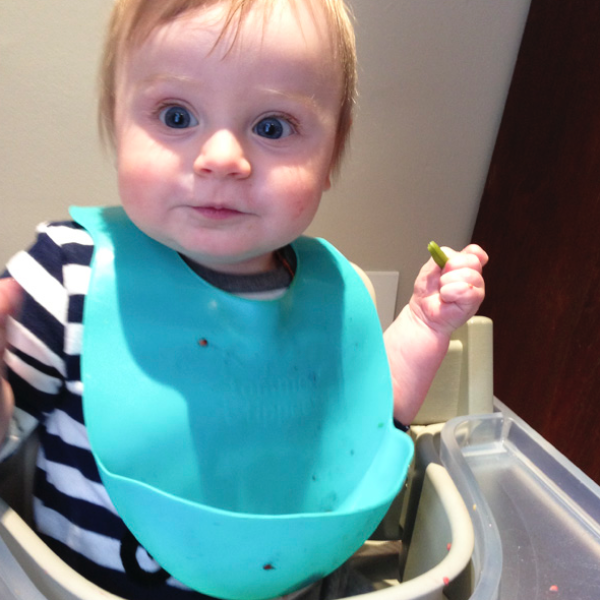
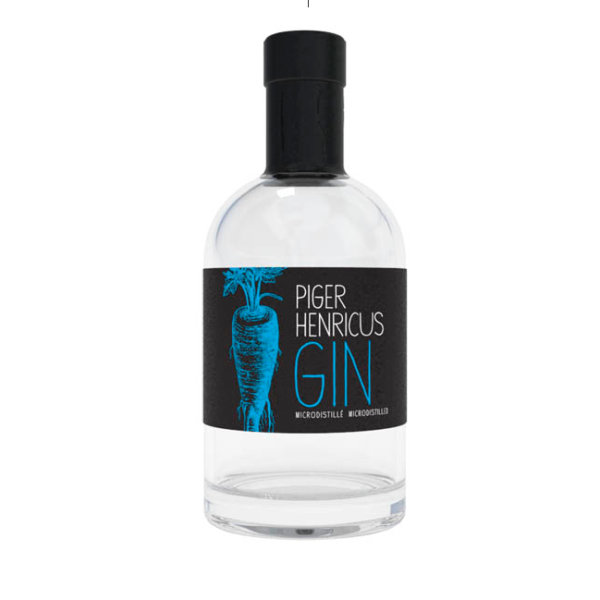
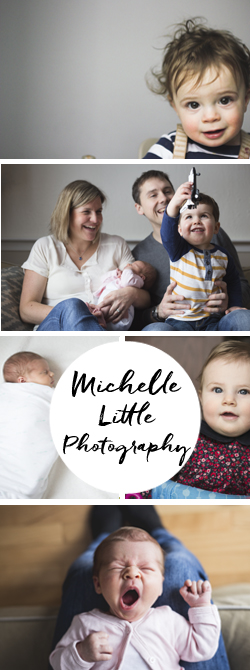








Pingback: Travelling with Toddlers in Halifax | Roasted
Pingback: Travelling with Toddlers: Nicole in Xi’an, China | Roasted
Pingback: Travelling with Toddlers: Morgan in Toronto | Roasted
Pingback: Travelling with Toddlers: Tara in Kenya | Roasted
Pingback: Caught it yet? Travelling with Toddlers 2016 Series | Roasted